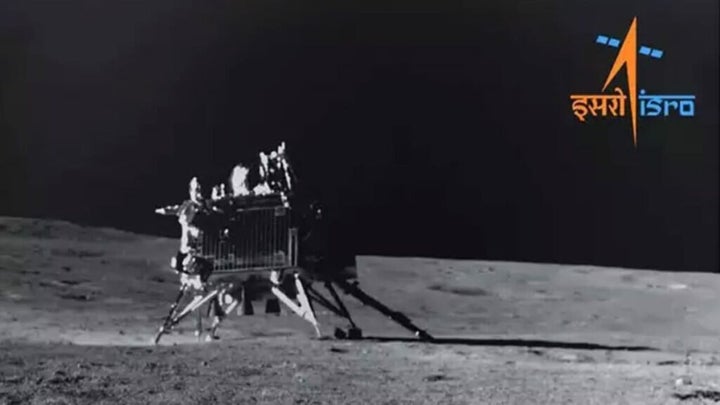India is going through one of the worst moments in its space history. A few months ago, we reported on the announcement of the Chandrayaan-3 mission by the Indian Space Research Organisation (ISRO), which was launched on July 14 and was set to take the Vikram lander and Pragyaan rover to the Moon.
Everything went as planned; on August 23, Chandrayaan-3 landed near the Moon’s south pole. After fulfilling all its main objectives, both Vikram and Pragyaan were put into a dormant mode. Pragyaan’s battery was fully charged, the receiver remained active, and the solar panel was oriented to receive the morning light on September 22, the date when both devices were supposed to be reactivated.
However, something went wrong. After a month of “sleep,” the Indian space agency sent the signal to wake up Vikram and Pragyaan, but without success. Three days later, ISRO has not stopped its efforts to reestablish communication with the devices and has announced that they will wait another 14 days to receive their signal.

“We don’t know when it will wake up. It could be tomorrow or even the last lunar day. But we are trying. It will be a great achievement if the lander and rover wake up,” said ISRO President S. Somanath in statements reported by Hindustan Times.
The problem could be related to the low temperatures to which the Vikram and Pragyaan batteries have been exposed in the lunar darkness. With temperatures ranging from -200 to -250 degrees Celsius, the batteries of both instruments may have been affected, and it is hoped that they can be reactivated as the lunar day progresses and temperatures rise.
In the best-case scenario, when Vikram and Pragyaan receive the necessary commands for the systems to “come back to life,” the rover will start moving again on the lunar surface, and the equipment on board the lander will also repeat the data collection process.
The NASA experienced something similar in August when it temporarily lost contact with the Voyager 2 spacecraft. After several days of uncertainty, the space agency was eventually able to re-establish contact with the probe. Will the same happen in this case?


